Effects in the Yu-Gi-Oh card game have a certain 'quickness' which dictates when they can be activated in response to other effects. That quickness is knows as Spell Speed (though it also applies to Monster Effects and Traps, not just Spells), and responding to an effect is knowns as building a Chain. We'll talk about the latter first, so we can use some of that terminology for the former.
Table of Contents
Table of Contents
Chain
When a player activates an Effect, it starts a Chain. At this point, initiative is passed to the other player who may activate another card in response, adding to the chain, then passing initiative back. If either player declines to add to the Chain, initiative is passed to the other player and they may add to it. The Chain is considered complete once both players decide not to add to it.
When a card is added to the Chain, it becomes a Chain Link, with a number attached that is equal to the number of cards in the chain up to that point, including itself. For example, the card that starts the Chain is Chain Link 1, the one that follows is Chain Link 2, and adding to the Chain when there are already 5 cards would make that a Chain Link 6.
To resolve a Chain, effects on the card take place in the opposite order they were added to the Chain, from the most recent to the oldest. No effects can be activated while the Chain resolves. Spell and Traps that were activated during the chain and that aren't Continuous are sent to the Graveyard after the Chain resolves, unless they were sent somewhere else. Keep in mind that removing a card from the chain won't necessarily negate it's effects.
The Chain is similar to the Stack in Magic the Gathering.
Not all actions taken in the game will create a Chain. Mainly, Summoning, Setting and Tributing will not create a Chain, but cards that are activated in response to a Summon, such as Solemn Judgment, will.
Ignition, Trigger, and Quick Effects
Outside of passive effects, most Card Effects fall into 1 of 3 categories: Ignition, Trigger, and Quick.
Ignition Effects
Known as Ignition-like Effects on Spells, those are effects that the controller must activate manually.
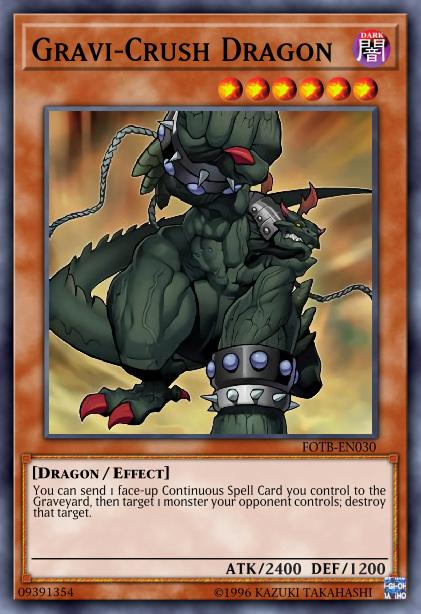
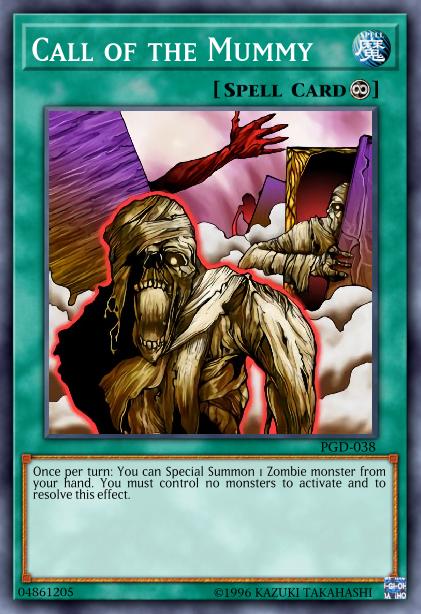
A Monster with an Ignition Effect, and a Spell with an Ignition-like Effects
Trigger Effects
Known as Trigger-like Effects on Spells/Traps, they only activate when a certain condition is met. Be careful, as some of these effects can miss their timing.
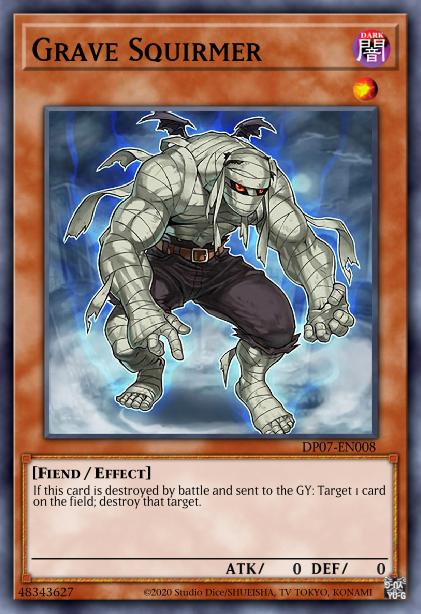
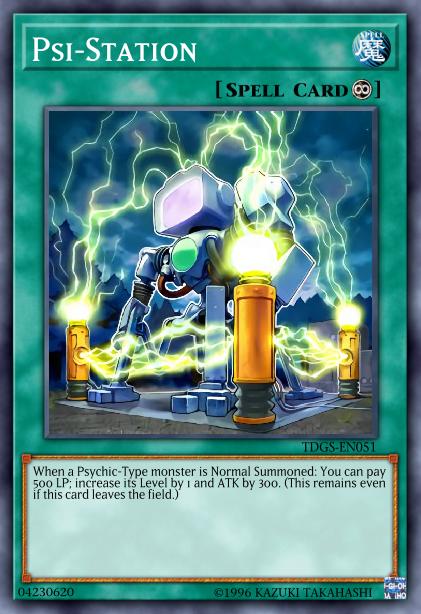
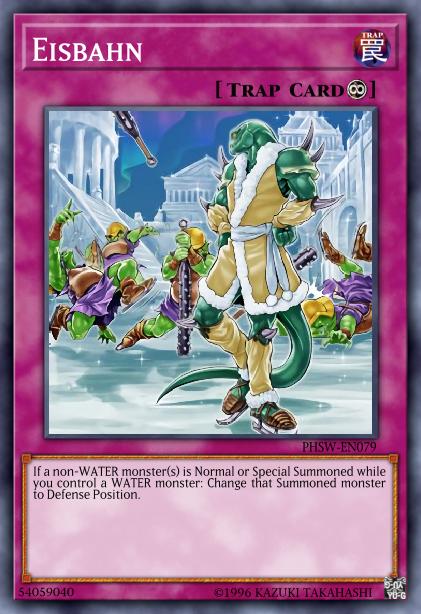
A Monster with a Trigger Effect, and a Spell and a Trap with a Trigger-like Effects
Quick Effects
Known as Quick-like Effects on Traps, they are similar to Trigger Effects, but of a faster Spell Speed (see below). On Monsters, these effects are identified by the fact that they have "(Quick Effect)" on the card text before the colon.
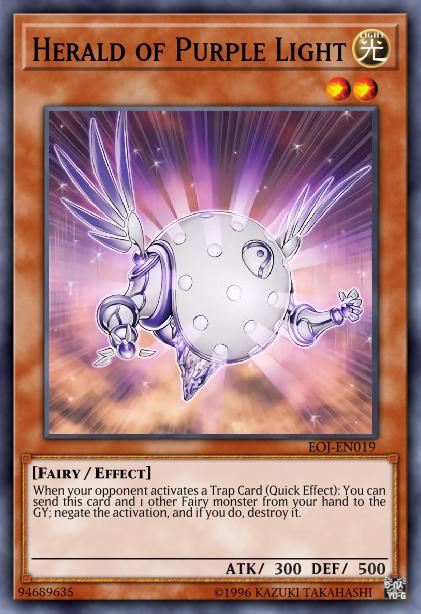
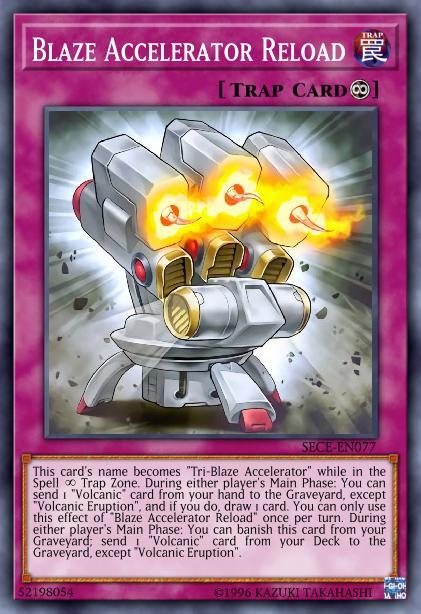
A Monster with a Quick Effect, and a Trap with a Quick-like Effects
Spell Speeds
Every Card Effect in Yu-Gi-Oh has a certain Spell Speed, which dictates how the Chain is built. Summoning a Monster and declaring an attack are not Effects, thus do not have Spell Speeds and to not start a chain.
Spell Speed 1
Slowest Spell Speed in the game. When starting a Chain, it can only be a Chain Link 1, with the exceptional case where multiple Spell Speed 1 Effects activate at once. You cannot activate Spell Speed 1 Effects in response to any other Spell Speeds.
The following card types are Spell Speed 1, along with any Ignition and Trigger Effects:
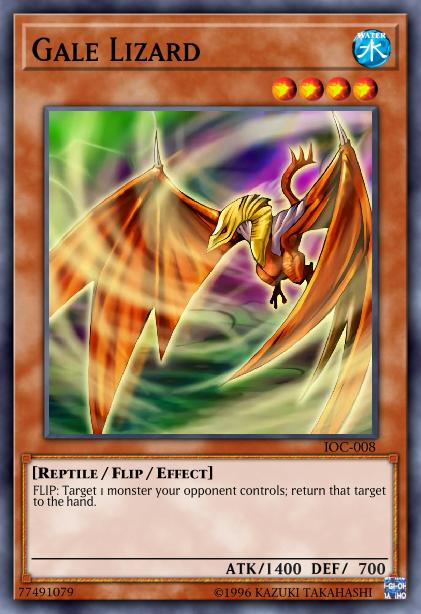
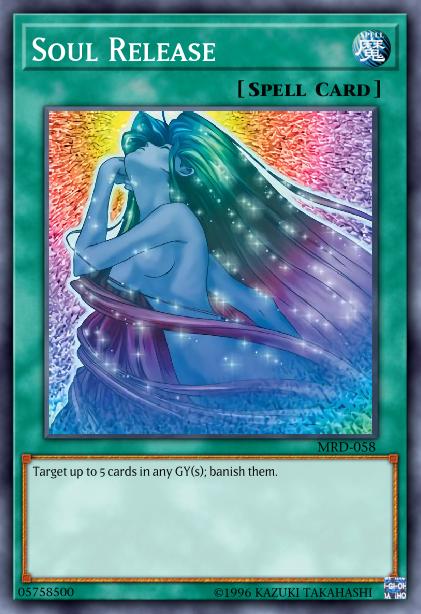
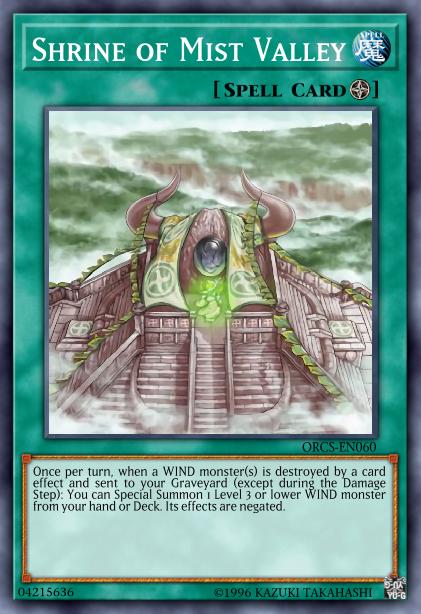
Flip Monsters, Normal and Field Spells
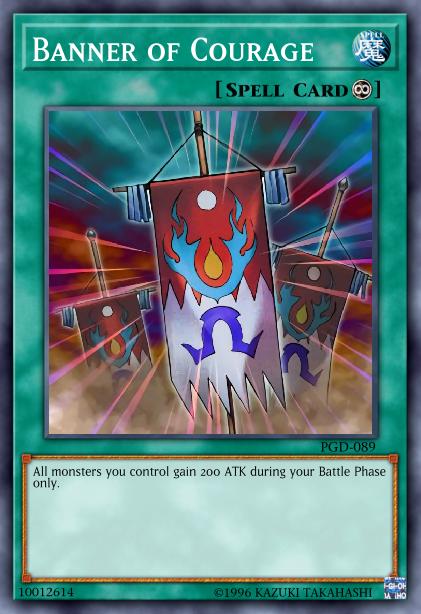
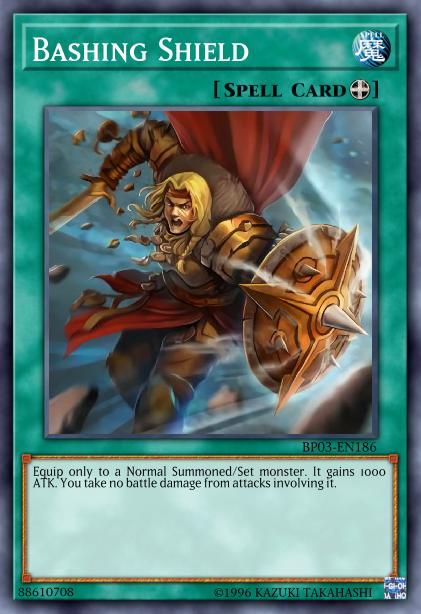
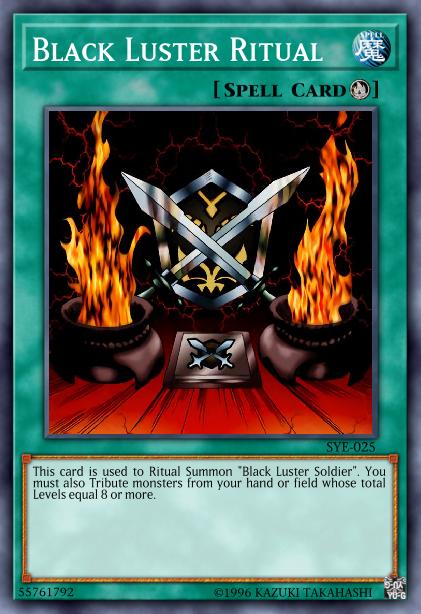
Continuous, Equip and Ritual Spells
Spell Speed 2
Second fastest Spell Speed in the game. Mostly a Chain Link 2 or higher, but they can also start chains on their own. Spell Speed 2 effects can be activated in response to either Spell Speed 1 or 2.
The following card types are Spell Speed 2, along with any Quick Effects:
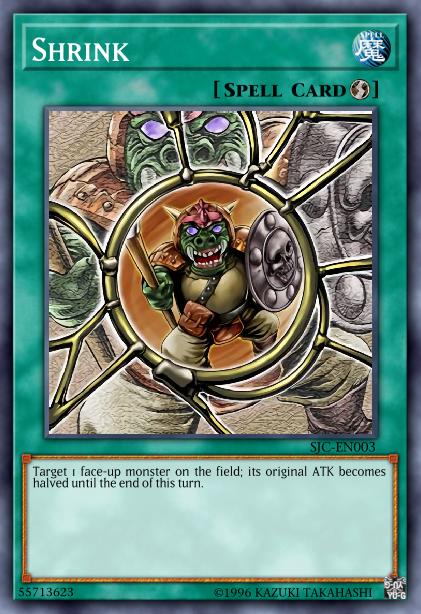
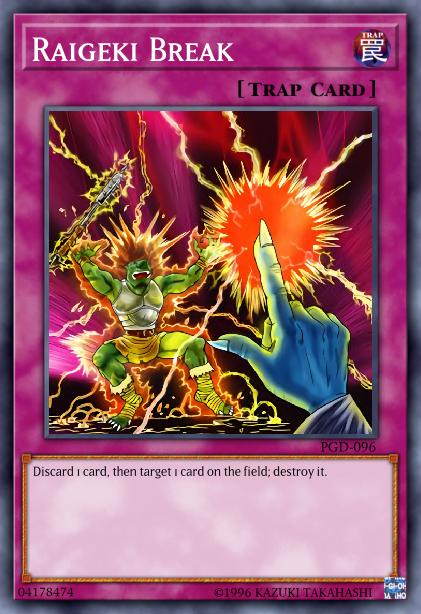
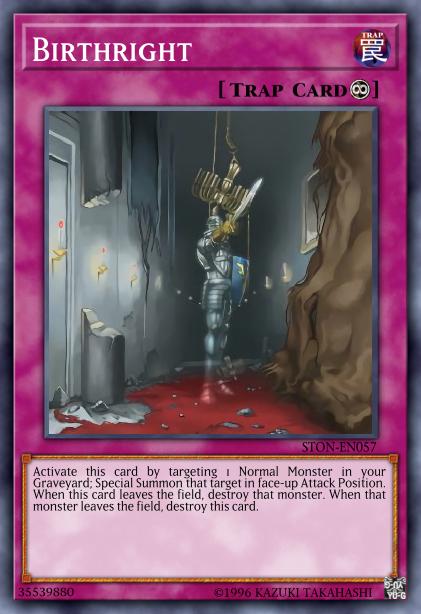
Quick-Play Spells, Normal and Continuous Traps
Spell Speed 3
Fastest Spell Speed in the game. Can be activated in response to any other Spell Speed, and you can only activate another Spell Speed 3 in response to it.
The only types of cards in this category are Counter Traps.
"Spell Speed 4"
Unofficial term. Refers to cards that have the effect "Neither player can activate cards or effects in response to this card's activation". It has no bearing on actual Spell Speeds.
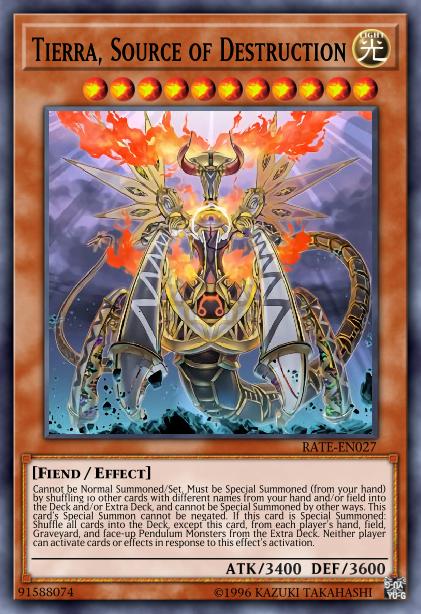
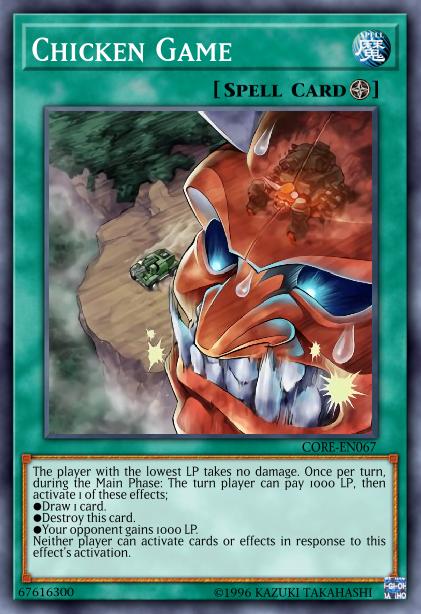
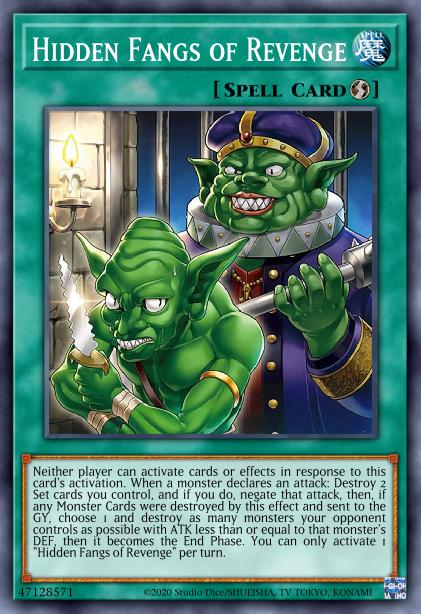
A Monster and two Spells with "Spell Speed 4"
Fast Effect Timing
This is the process used to determine when a player can use a Fast Effect (Spell Speeds 2 and 3) during a Chain, by dictating which player has priority. As a rule of thumb, if you activate an Effect, you must pass priority to the opponent to give them the chance to respond, unless the Effect you activated prevents that. The following chart goes into more detail:
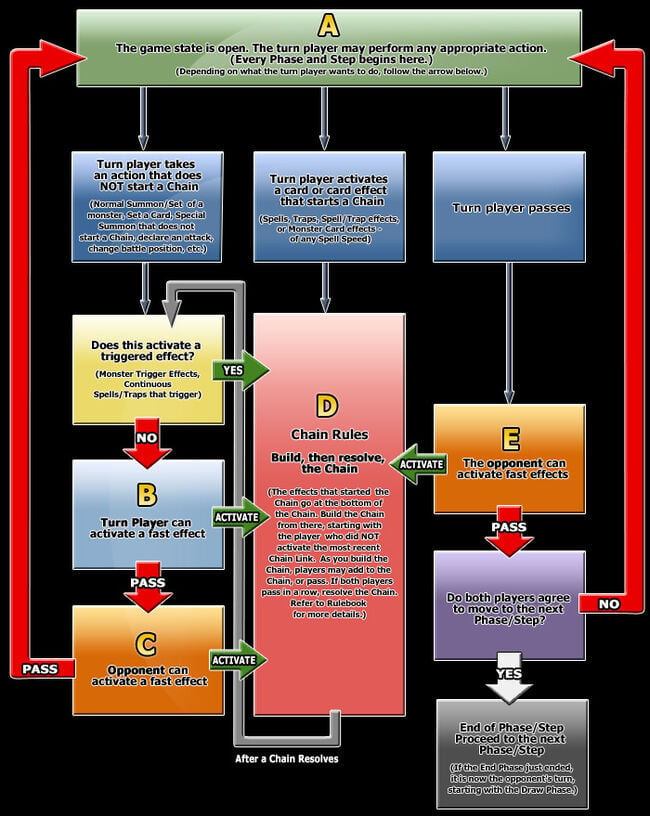
If vs When (AKA Missing Timing)
Trigger and Trigger-like effects can have the word 'when' as part of the phrasing of the condition to activate that effect. If they do, there's a chance that the effect cannot be activated, because it missed its timing. 'When' effects need to be activated immediately after the condition is met, and no other effect can happen between the two. If the card's condition uses 'if' or 'each time', or if the effect is mandatory, the card can be activated when the game returns to an open state, so it cannot miss timing.
Here's some examples:
- Your opponent activates Soul Taker, targeting and destroying Peten the Dark Clown.
- You cannot activate Peten's effect, because your opponent destroyed it, then you immediately gained 1000 Life Points. There's something else happening after the card is destroyed, which is when you could've activated this effect.
- If your opponent used Soul Taker to target a Kidmodo Dragon, you'd be able the activate its effect from the Graveyard even after you gained 1000 LP.
- If your opponent used Psychokinesis instead of Soul Taker to destroy Peten, you could've activated Peten's effect, because the two effects from Psychokinesis happen at the same time.
- Let's pretend you activate Solemn Judgment and negate the destruction of either Peten or Kidmodo Dragon. Then, during your turn, you tribute both to summon Blue-Eyes White Dragon. You cannot activate Peten's effect, because the last thing to happen was the summon of Blue-Eyes, but you can still activate Kidmodo.
- You activate the effect of Blaze Fenix, the Burning Bombardment Bird (a Fusion Monster), and your opponent activates Raigeki Break as a response.
- Because of the way the Chain works, you cannot activate Branch!, since the last thing to happen was the damage from Fenix, not it's destruction.
- However, if you used Yang Zing Creation instead of Branch!, you would be able to activate it, since it uses 'if'.
- If your opponent used Divine Wrath instead of Raigeki Break, the effect of Fenix would be negated, thus Branch! would be able to activate.
Now that you've learned about Chaining and Spell Speed in Yu-Gi-Oh, why not take a look at some of our other Yu-Gi-Oh guides?
Learn More About Yu-Gi-Oh
Beginner Guides - Card Anatomy 101 | Summoning Xyz Monsters
Card Types - Monsters | Traps | Spells
Master Duel Beginner Guides
Card Pack Purchasing | Using the Deckbuilder | How to Craft Cards

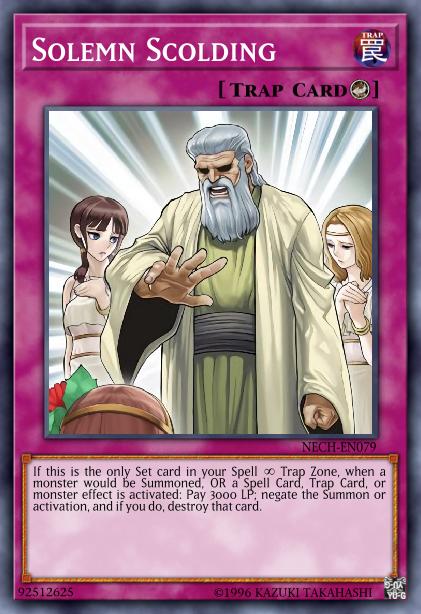
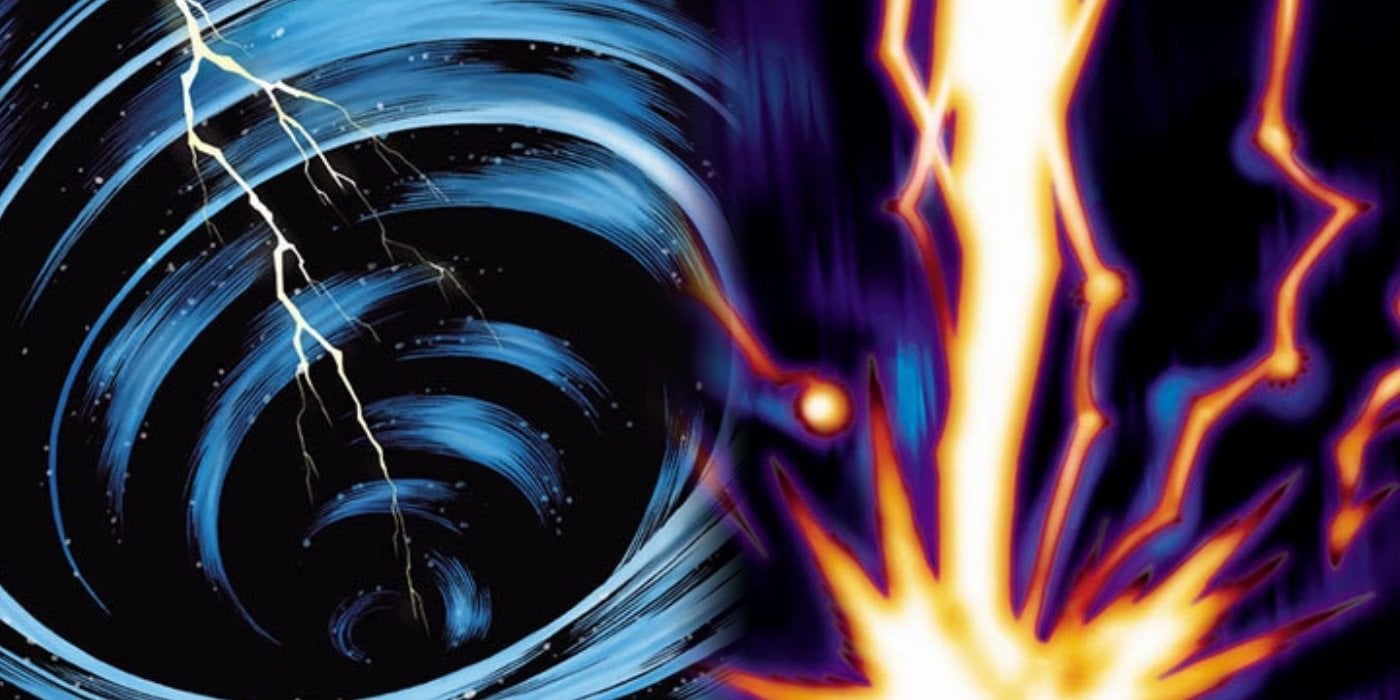
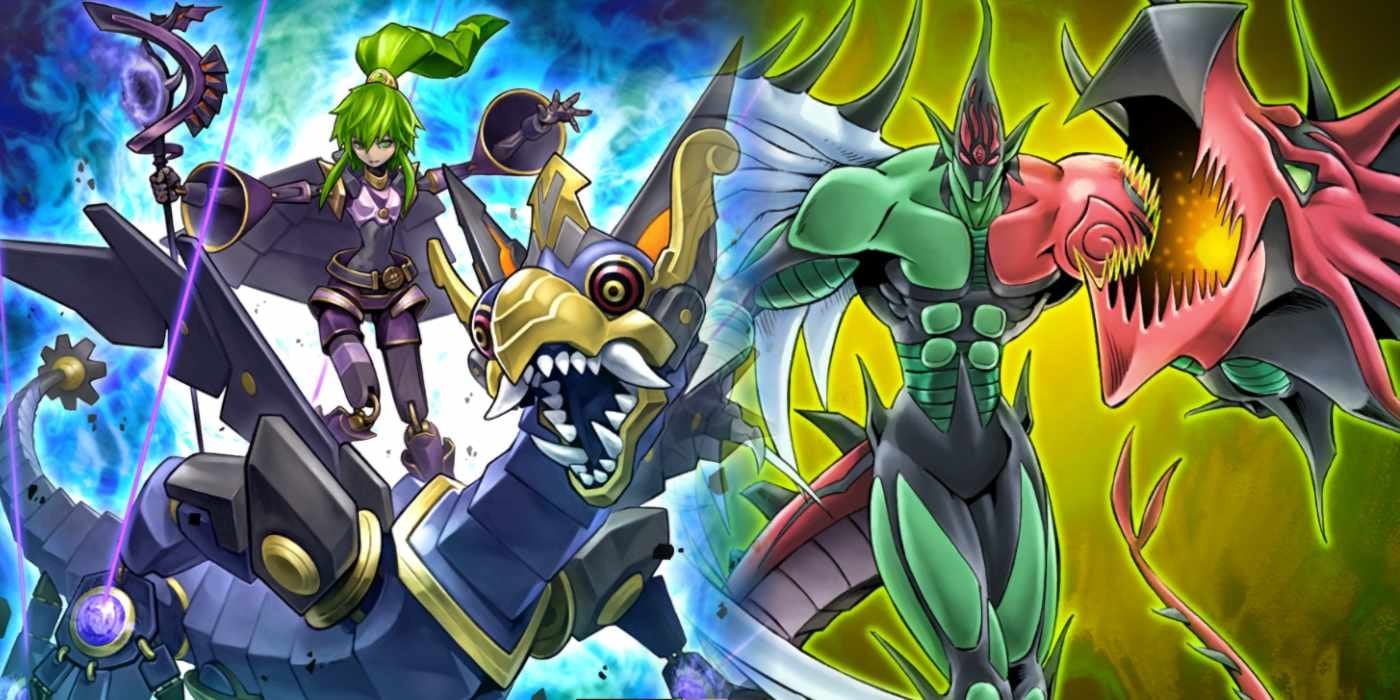
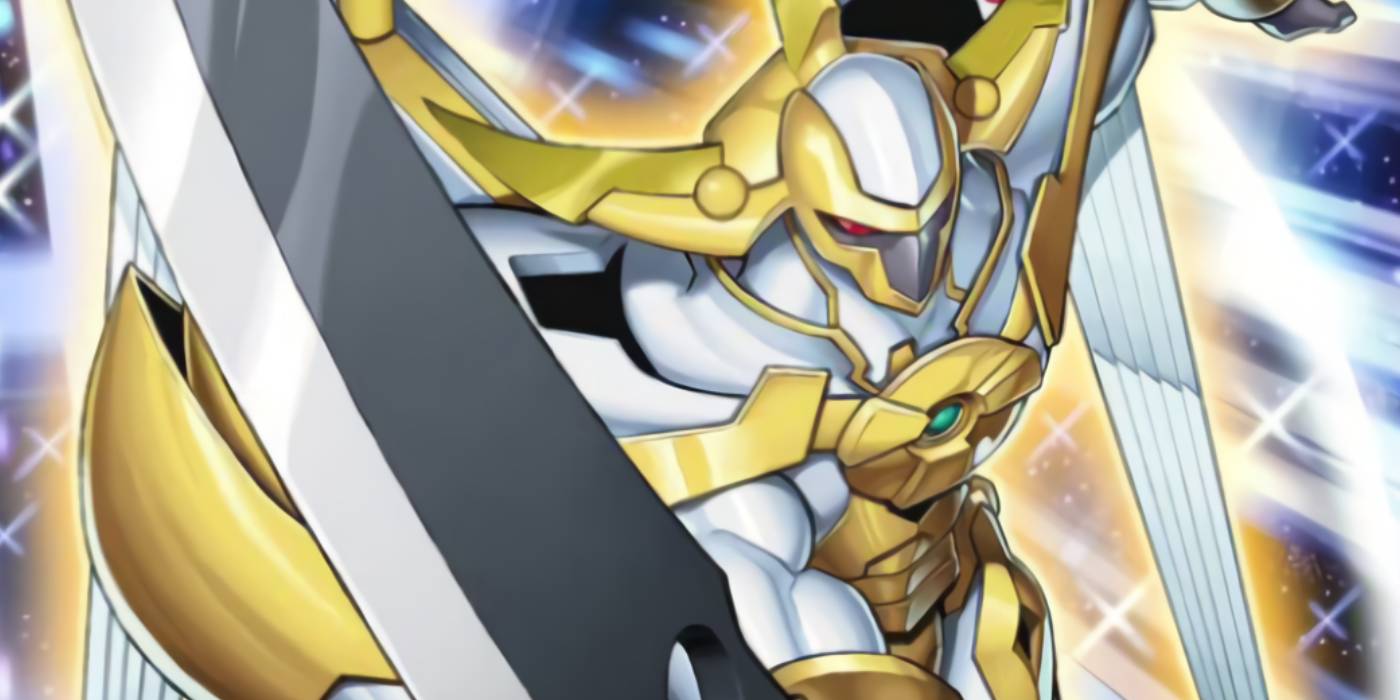
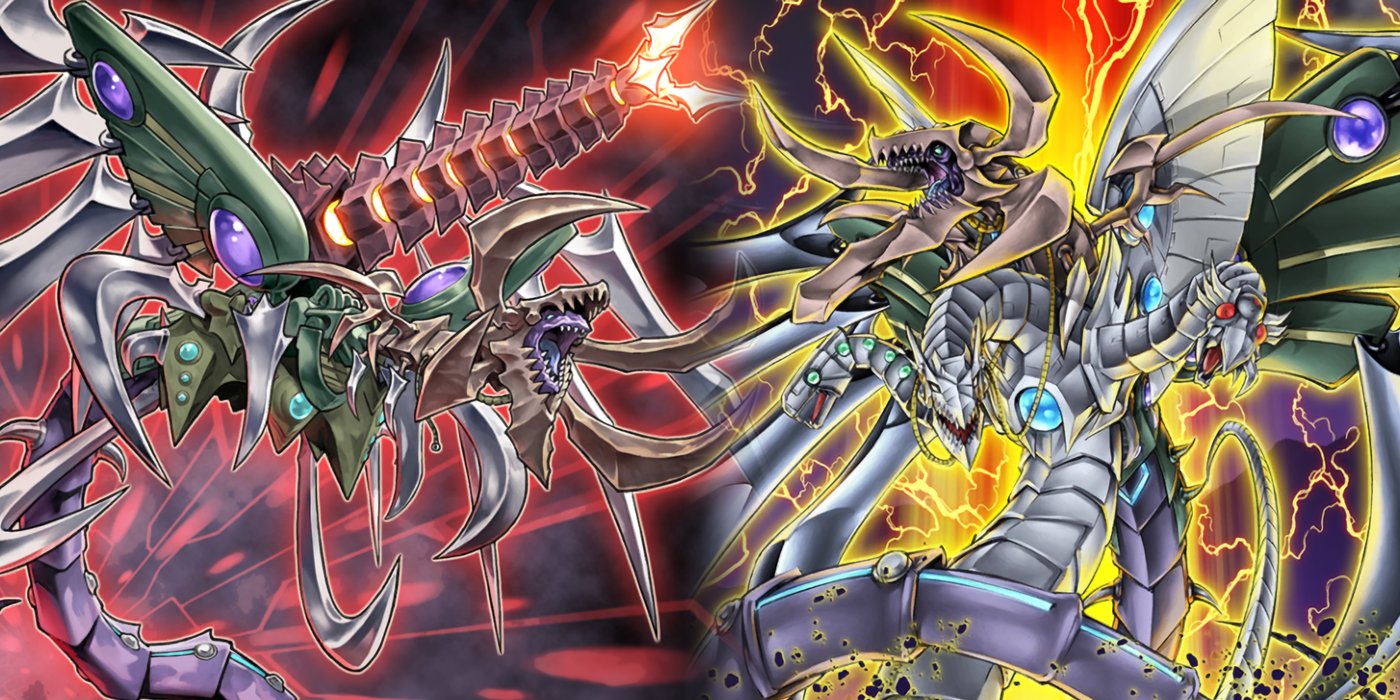
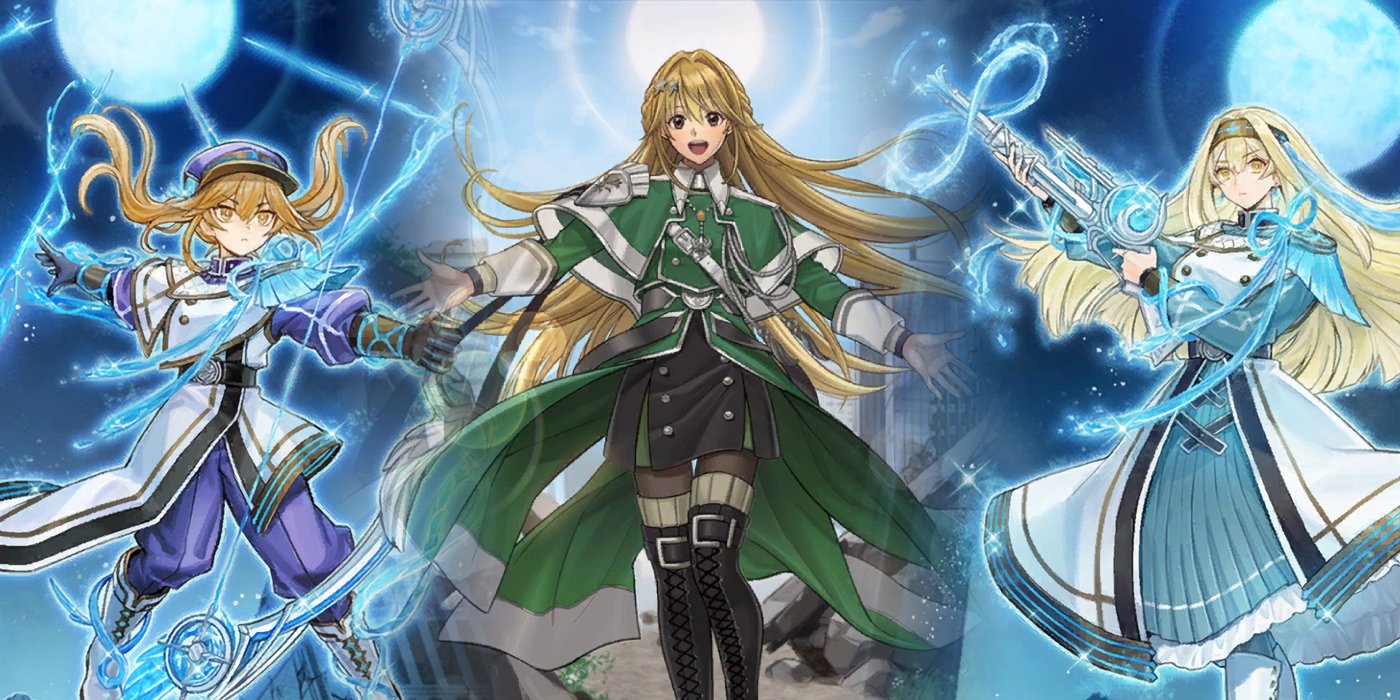
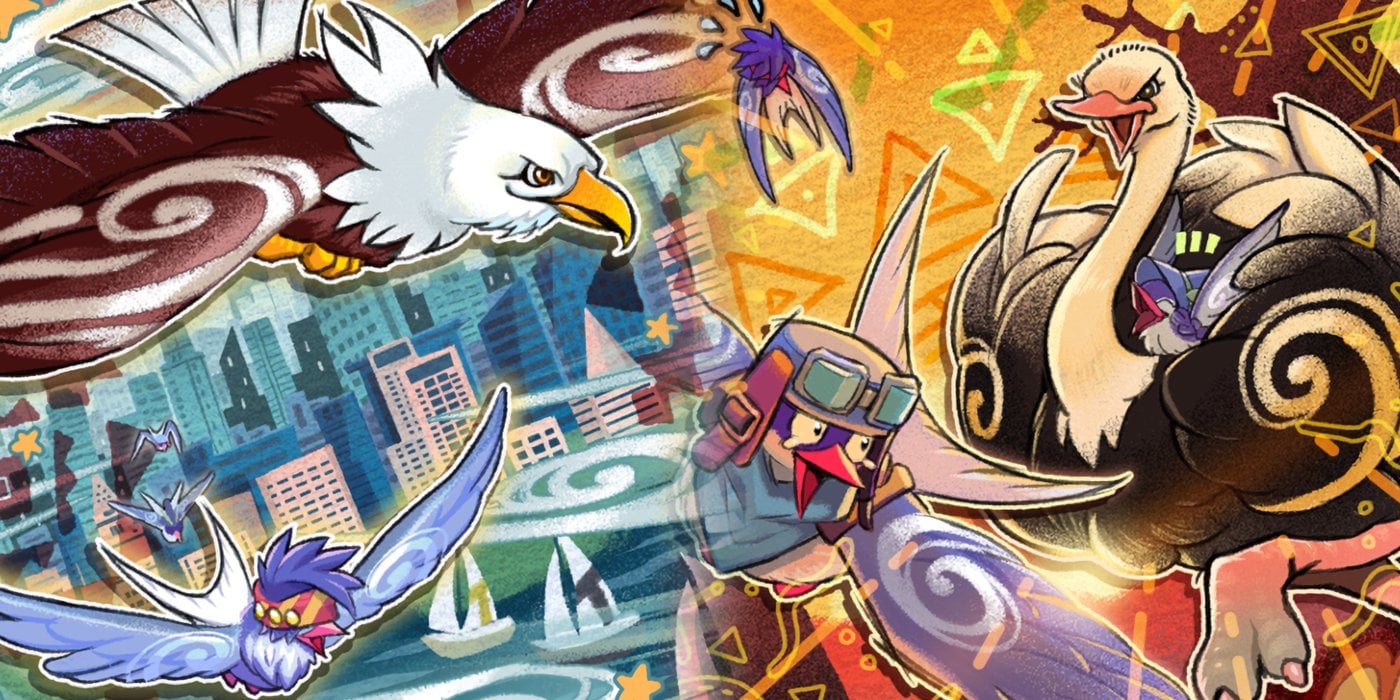
Comments
No Comments Yet. Be the first to create one down below!